How will our inner worlds be reshaped by coronavirus?
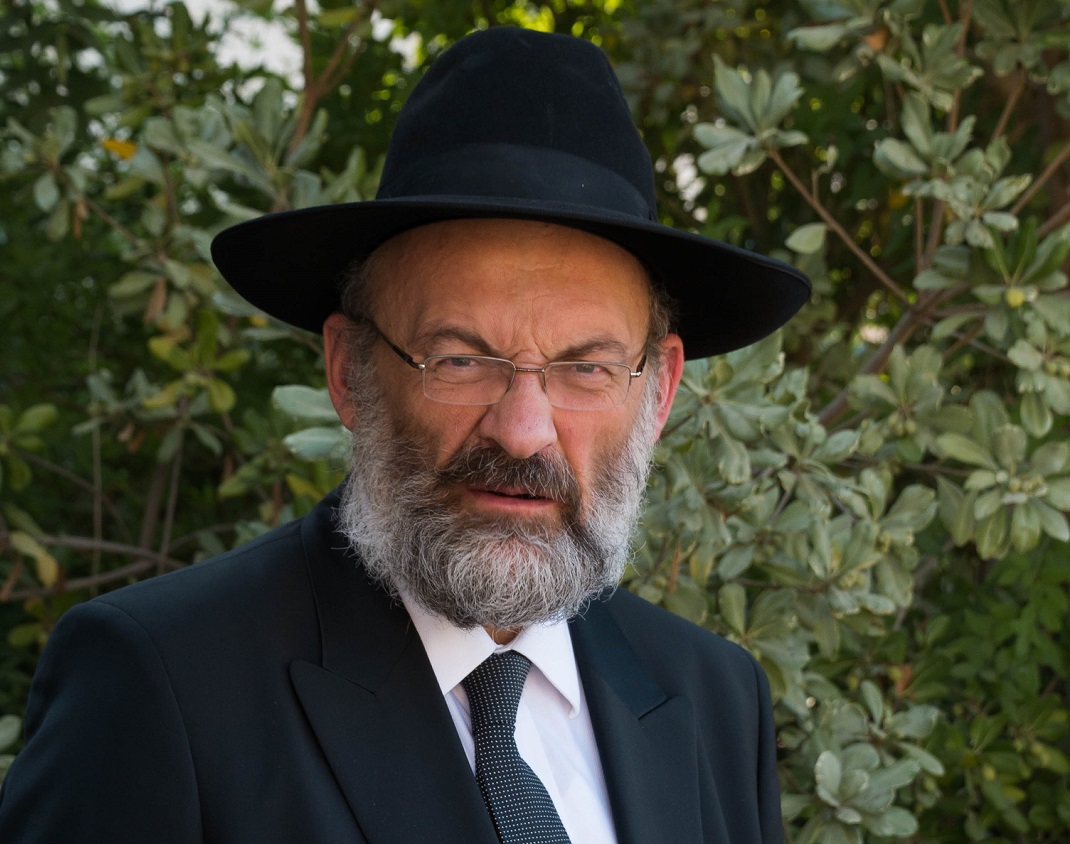
To answer the question, “What does Hashem, your G-d, ask of you,” we first have to accept the premise that quite possibly, the Creator has plans for us that don’t match our assumptions

Prepared for print by Rabbi Noam Paley
For several weeks now, many of us have had a strong feeling that HaKadosh Baruch Hu is manipulating nature because He wants to see something happening — and in particular, that He wants something from us. A change this big, and this disruptive, didn’t occur just so that after the crisis passes, everything should go back to the way it was before.
In order to be able to answer the question, “What does Hashem, your G-d, ask of you,” we first have to accept the premise that quite possibly, the Creator has plans for us that don’t match our assumptions.
Our instinct is to view every new disruption merely as a temporary situation to be overcome, rather than as a wakeup call. In order to avoid this error and begin to think with a more open mind about the spiritual issues facing us, it’s crucial that we not rush forward. In Kelm they used to say that the ears are on the head, not on the hands; if we want to be capable of hearing, we first have to be willing to think, without acting prematurely. The Alter of Kelm could wait twenty years until he felt he was ready to implement a new spiritual perception. The avodah of changing is an enormous undertaking, and it takes time.
It’s common for people — good, growing people — to react to striking events by committing to specific resolutions or upgrades in their performance of mitzvos. While that is commendable, it also comes with a risk. As well-meaning as the “quick kabbalah” may be, sometimes it actually blocks us from true change.
The immediate urge to find some quick, concrete way to upgrade our avodas Hashem often skips a crucial stage of really listening, and really opening our inner selves. “Heeding [Hashem’s voice] is better than bringing sacrifices” (I Shmuel 15:22). The ability to hear takes priority even over “sacrifices,” that is, even over religious acts that are objectively positive. One must know how to take the necessary time to hear and absorb the message correctly before running to the altar with an offering of fatted calves.
But what, you may ask, does that deep contemplation actually accomplish? Although it might seem as if thinking doesn’t lead a person to any concrete destination, it is in fact intrinsic to a process that opens up a person’s inner world.
Taking the time to ponder instead of jumping to act allows us to experience hashgachah pratis in a very personal way. The resulting change is internal, quiet, without fanfare — but it is genuine. The Rokeach, in the introduction to his great sefer, writes that “there is nothing higher in emunah than hatzne’ah leches,” modesty in one’s service of Hashem, for the real message the Creator communicates to us is internal, out of the public eye. This is the way to build one’s inner world of avodas Hashem.
During ordinary times, this approach is almost diametrically opposed to one of the most influential forces in our society: our educational institutions. Each school or yeshivah operates by constructing a sturdy, uniform framework for all its students, with uniform goals, benchmarks, and milestones. And that is as it should be. But in order for optimal chinuch to take place, there must be a delicate balance between the school’s role and the private unfolding of the student’s inner spiritual world. When this balance is disturbed, those uniform, institutionalized standards may hamper the student’s ability to introspect, grow, and change from within. That impressive outer shell may well prevent us from building an inner world rich in genuine faith.
Of course, this situation in reverse is just as harmful. If the external framework of avodas Hashem isn’t sturdy enough, then there is nothing to support inner growth. And that external structure of avodas Hashem must be based on uniformity; one’s unique brand is not meant to be put on display in the external performance of a mitzvah. This is exemplified in the offerings brought by the nesiim during the dedication of the Mishkan. The offerings themselves were all identical, whereas the inner kavanah with which they were brought varied from one nasi to the next, as the Ramban explains at length. When this inner component is revealed in public, it loses the dimension of modesty that is its very basis.
But if it is missing entirely, then the offering is lacking as well.
Due to the coronavirus, many of us have been functioning less than optimally in the external sphere. The closure of shuls and places of learning is only one aspect among many that caused us to shift to a lower gear in the outer performance of Torah and mitzvos. It is hard to see this hampering of our religious life as a positive thing, but perhaps we can focus instead on the gains to be made in the inner sphere.
For in order to encourage introspection and to nurture buds of inner spiritual vitality, some shortcoming in our external performance is almost a necessity, at least to a slight extent. We’re all familiar with those fragile moments of spiritual elevation that are so easily lost. In order for that kind of elevation to be maintained in the long term, our p’nimius requires quiet cultivation over a long period of time. And that is the gift we’ve been given during these months.
Let us hope that the current crisis will leave a lasting impression in its wake. As parents and educators, we should hold back from attempting to make up for our children’s lost time and lost learning through intensive pressure. We have survived a difficult period because, among other things, we took our foot off the gas pedal. Let’s not fall back into that same old pattern of pressure and forced conformity in a misguided effort to fill in the gaps – and trampling, in the process, the delicate shoots that have just begun to grow.
Let us also hope that when we resume our routines, we will find a place for that personal experience of avodas Hashem within the walls of our educational institutions. Perhaps our children’s teachers and rebbeim can confer with their students individually and try to find out what they discovered in relation to their avodas Hashem during their extended stay at home. This could be a wonderful opportunity for teachers to discover the unique strength of each student and see what they can do to encourage and foster it. For some, this will be a venture into new territory that requires mutual trust between the school and the student — and if so, this is an excellent opportunity to work on gaining that trust.
This kind of conversation can give our schools a new identity: not just as the establishment of structure and stability, of uniformity, of shared benchmarks – but also as an echo of the student’s inner world.
And by conducting the same conversations on our own, we can hope to forge a newly strengthened brand of avodas Hashem. It will be a brand that combines the advantages of our community norms with our individual makeup, and the stability of a sturdy outer structure with the unique and personalized service of a vibrant and blossoming internal landscape.
Rav Reuven Leuchter, a primary disciple of Rav Shlomo Wolbe ztz”l, is among the leading mussar personalities in Eretz Yisrael today, with his worldwide network of shiurim and teleconferences. He is the author of Meshivas Nefesh on the Nefesh HaChaim, an annotated commentary on Rav Yisrael Salanter’s Ohr Yisrael, The Pesach Hagaddah, and Living Our History.
Oops! We could not locate your form.

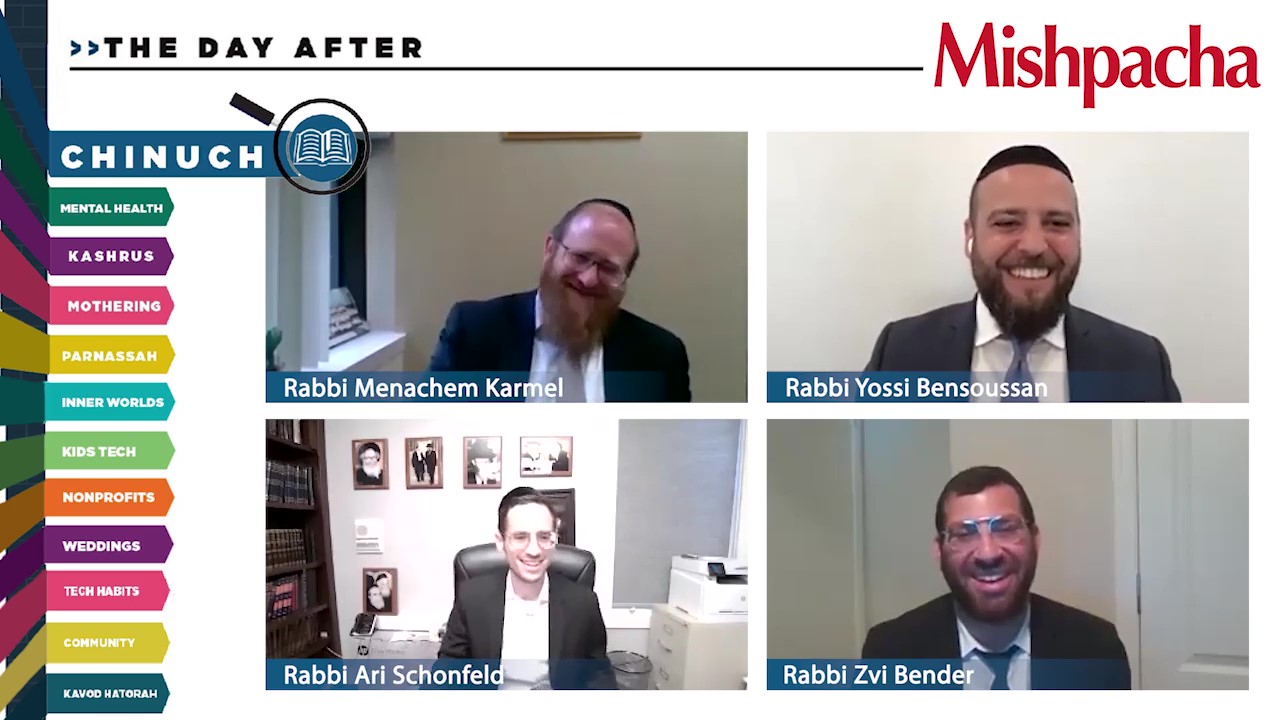
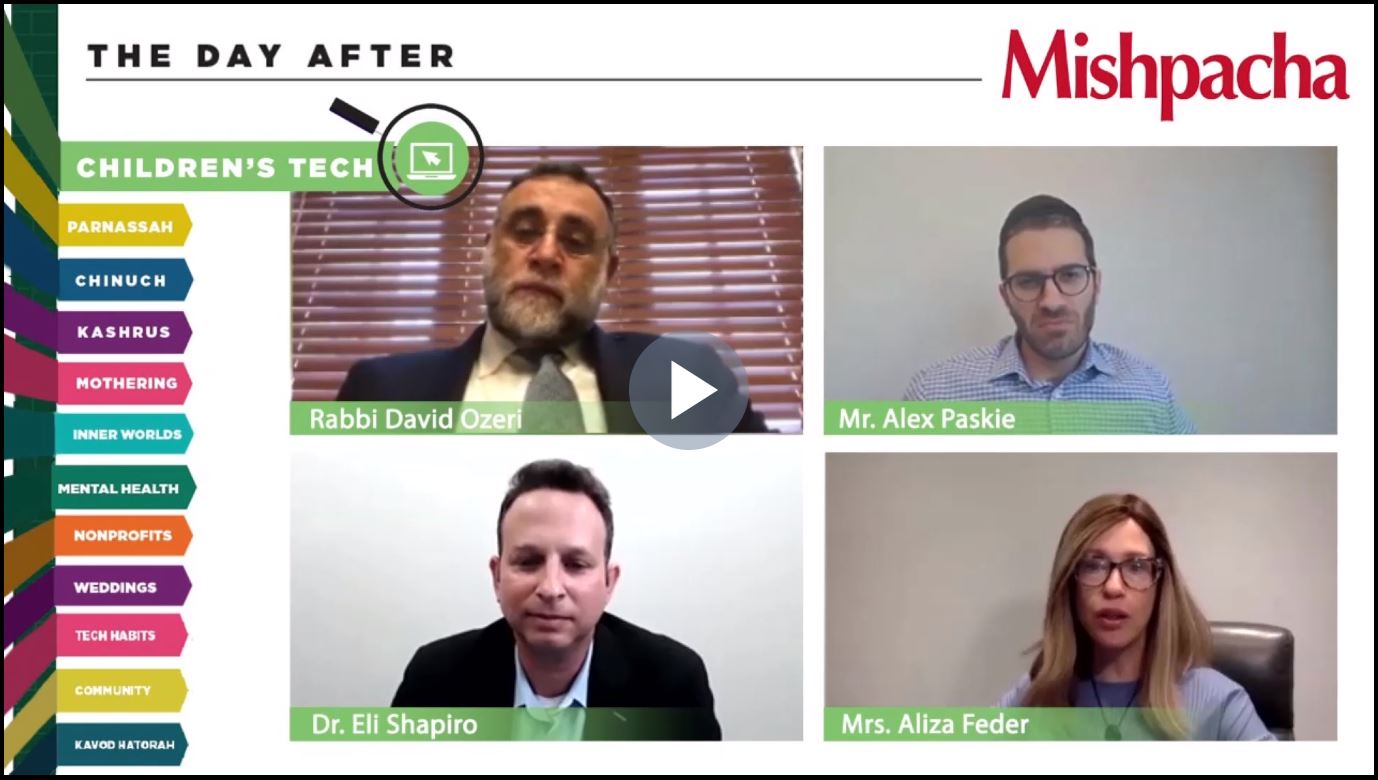
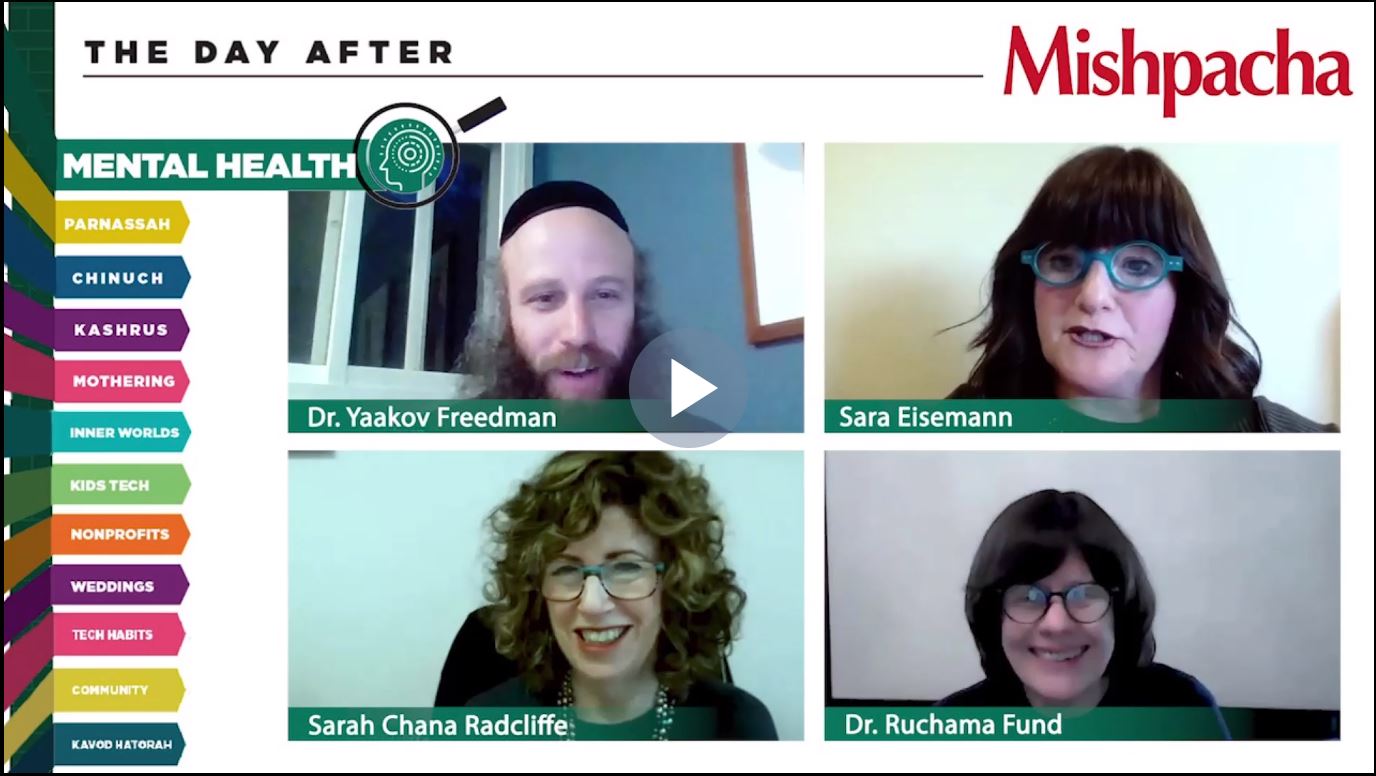
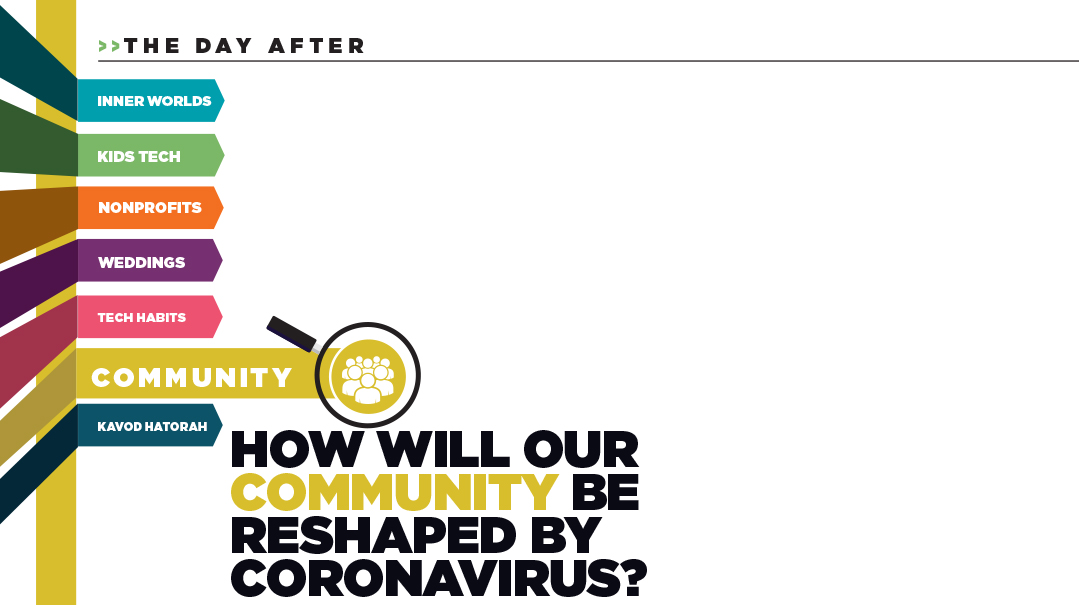

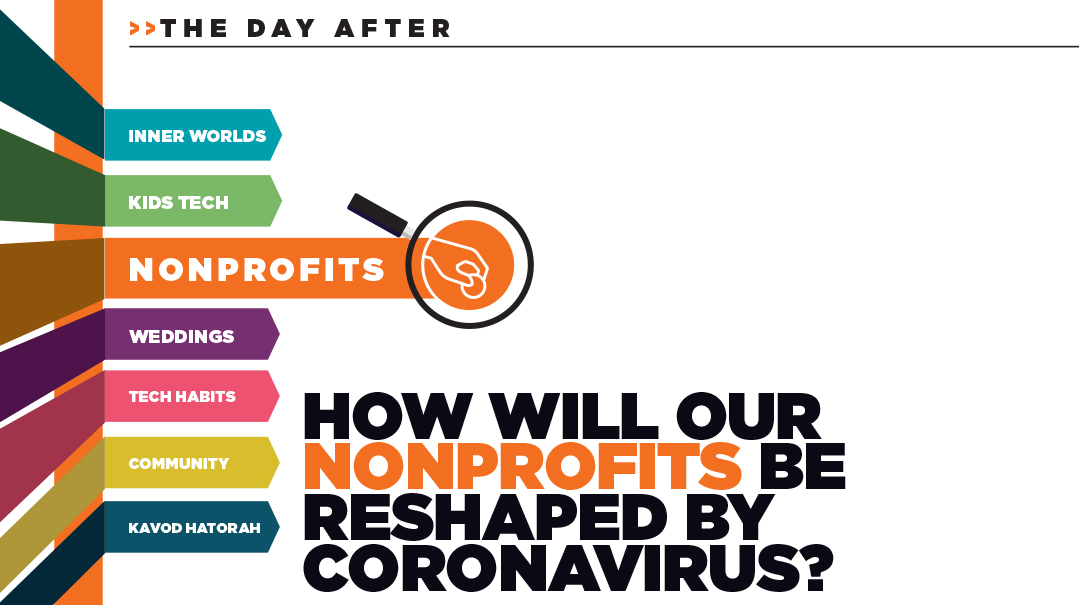

Comments (0)